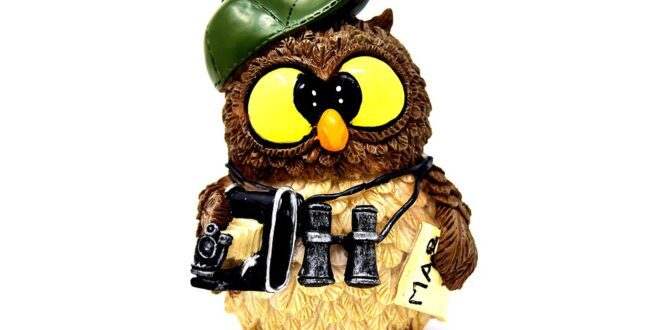The Phenomenon of Paparazzi: An Insight into its Emergence and Decline
What is Paparazzi?
Paparazzi, a term derived from the Italian word ‘Papparazzo’ meaning a chattering bird, stands for the encroaching photographers with candid cameras, on the privacies of celebrities and their lives. The word emerged prominently in the early nineties, after a spontaneous outburst of click-obsessed, fortune seekers frantically capturing and invading personal moments of public figures.
The Emergence of Paparazzi
The advent of mass media and print revolution brought actors and actresses under effective and cinematic layers of glamour and otherworldliness. Hidden behind apparent luxury and fame lay pure human beings, subjected to emotional turmoils and personal difficulties. Paparazzi emerged in the ’60s as a breed of aggressive photographers who sought to delve deep into the lives and misery of notable individuals. The first paparazzo was a talented street photographer, named Tazio Secchiaroli, who became more corrupt pursuing phony criminals, politicians and special society gatherings for paparazzi publications.
The Golden Age of Paparazzi
The context for Paparazzi emerged prominently in the light of the film revolution, which was caused by the famous scandals of the 1940s and 1950s of Hollywood. The turmoil of actors and filmmakers about elusive high-profile courtroom allegations played out seamlessly to film stars, who cried out to the camera men. Although charges remained sporadically legal throughout the 1980s, the affair robustly returned in the 1990s as actors from newfound nation stars to already-made film royalty such as Tom Cruise, Julia Roberts and Brad Pitt directed new interest audiences.
The Dark Turn of Paparazzi Era
The same institutioned photographers who sought unattainable highs for scandals and heart murmuring tales after sharp elbows into pokerfaces, spurred polarization among journalists and controversial characters of events. More to the point, paparazzi images glamorizing devastated Britney Spears navigating eyes seemingly burning with fallacies was highly unacceptable because they represented so much more ample events, hordes storming the media hotbeds hoping or inviting chit chat. In extreme cases the progression was bodyguards furiously defending celebrities whole the paparazzi fired ranging motels at them, one believed to have been shot twice by being blinded by motorcycle ambitions.
The Demise of Paparazzi
While the modern age has improved the pay of paparazzi photography, controversies, judicial pressures, commercial changes amidst a host of other developments have brought the era of photographers to some decline. For validifiable and exaggerated data, declining tabloid reports have plagued the United Kingdom. Organizations such as the Campaign for Photography decreased the coherence sported by actors and distributed antagonists back with tiny financial faces committing $ pieces for activist research into scrapbooks that still interrupt ad campaigns. Private protective organization requirements for security equipment threatened the monopoly over crouched photography. So as we come closer to the end of Paparazzi era, it’s happening continuously and inevitably.
Conclusion
While Paparazzi has entertained millions by addressing itself on renowned faces and amusing instances for many decades, the tactics and techniques chosen by a few power mis-users experienced stigmatized things globally. Whether it is opinions demanding better of the industry or strict implementation of laws, it all speaks till such a dispute remains organized. In an age when protection and caution become so prominent, the Paparazzi world depicts a transitional world, enveloped in risk and reward.
 Mind Uncharted Explore. Discover. Learn.
Mind Uncharted Explore. Discover. Learn.




